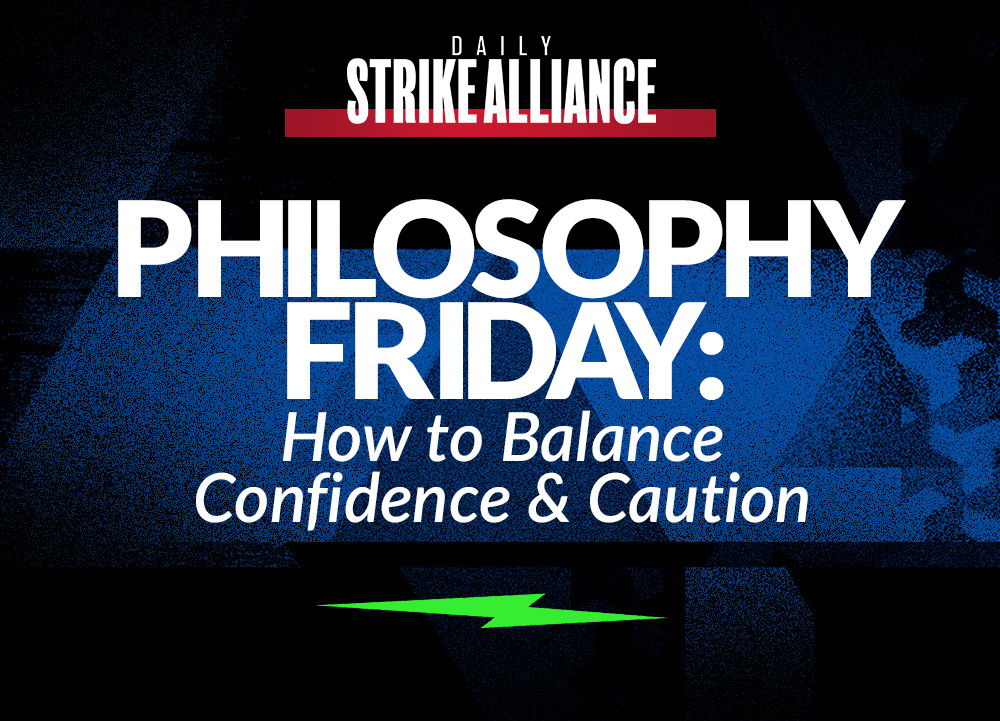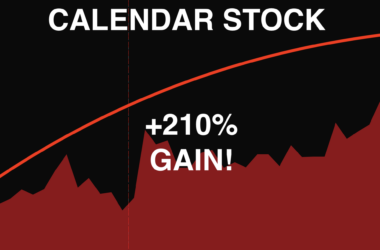Happy Friday, traders…
Ben here.
The market gapped up on Wednesday following the Federal Open Market Committee (FOMC) meeting, with the Invesco QQQ Trust (NASDAQ: QQQ) gaining nearly 3% intraday.
After this happened, I wrote a post warning you about the dangers of getting too aggressive into that rally.
Then, in pre-market on Thursday, I told my Spyder Members to watch the $16 level on the CBOE Volatility Index (VIX). I thought a move above $16 could foreshadow more selling pressure.
Around 10 a.m., when the ISM numbers came out at an eight-month low, the VIX bounced hard off the $16 level, indicating serious fear in the market.
(In hindsight, this was a flashing red signal.)
When the market opened on Thursday, stocks tumbled back down, filling the gap from the Fed-driven run-up.
You’re probably wondering how to make sense of all of this…
With the tape swinging so wildly, it’s crucial to adapt your strategy to fit the current market environment.
So, if you’re struggling to trade this price action, let me show you how to balance confidence with caution…
Volatility: The Good, The Bad, and The Ugly
As traders, most of us love volatility. If you’re an experienced trader who knows how to capitalize on your strategy, you may view general volatility as a good thing.
And depending on your trading skills, this isn’t necessarily the wrong way to look at it.
After all, when macroeconomic catalysts cause widespread portfolio rebalancing, incredible trading opportunities can emerge.
More volatility means bigger price swings, which is generally good for options traders.
That said, I often see traders make the mistake of diving head-first into an ultra-volatile week of trading…
They hear other traders talk about the big opportunities waiting in the volatility, and then enter trades they aren’t prepared for.
This is a BIG mistake. Just because there’s volatility in the market doesn’t mean you’re gonna nail your setups.
I suggest taking this opportunity to observe the market and study what’s happening:
- Backtest previous trades.
- Compare and contrast potential future plays.
- Examine historical chart patterns (and think about how they relate to what’s going on currently).
And if you aren’t finding actionable setups that fit your strategy, don’t trade. There’s nothing wrong with sitting on your hands for a few days…
Don’t Force Trades
I won’t sugarcoat it — the last few days have been difficult to trade.
The market has been volatile, unpredictable, and filled with sharp price swings that can easily throw even the most seasoned traders off balance.
However, in such a news-heavy market, it can be tempting to jump in and try to make moves. You might feel like you need to react to every piece of breaking news, every rumor, and every little market fluctuation.
But this approach is a recipe for disaster…
Whatever you do — don’t force trades. It’s crucial to remember that not every day will present the perfect opportunity, and trying to force a trade in less-than-ideal conditions can lead to unnecessary losses.
There’s nothing fun or exciting about sitting on the sidelines. Watching the market from the sidelines can feel frustrating and even boring, but it’s a vital part of successful trading.
Consistency as a trader requires serious patience and discipline. You have to be willing to wait for the right moment, the perfect setup, before making a move.
I want you to trade like a farmer. Just like a farmer waits patiently for the perfect time to plant seeds and harvest crops, you should wait for the perfect trading opportunity.
If I weren’t so patient, I never would’ve made it this far in the stock market. Patience has been one of the most critical components of my success.
Had I forced trades early on in my career, I wouldn’t be teaching you today. I’d be part of the 90% of traders who fail.
Most traders fail because they lack The 3 P’s, and they try to force trades instead of waiting for the right opportunities.
In this tape, you must be humble, or the market will humble you. Don’t overestimate your abilities, and don’t let a few successful trades go to your head…
How to Avoid the Dunning-Kruger Effect
There’s a certain mental trap that affects small-account newbies and billionaire trading veterans alike. I’m talking about a psychological phenomenon known as the Dunning-Kruger effect.
The Dunning-Kruger effect is a cognitive bias that causes amateurs to think they are experts — and experts to think they are amateurs.
In other words, those with less ability tend to overestimate their skill, while those with more ability tend to underestimate it.
This bias can be particularly dangerous in trading, where overconfidence (or excessive self-doubt) can lead to poor decisions.
I notice this among my students and my professional trading colleagues. It’s a universal issue that doesn’t discriminate based on experience or account size.
The best traders in the world tend to undervalue their ability, often falling victim to ‘imposter syndrome.’ Despite their proven track records and successful strategies, they frequently doubt their competence.
Meanwhile, many beginner students think they’re the next Warren Buffet after two weeks of trading options on their phones. They make a couple of lucky trades and think they’ve mastered the market.
This overconfidence can be their undoing, leading them to take on excessive risk without fully understanding the complexities of the options market.
This is a huge problem on both sides. Whether you’re just starting out or you’ve been trading for years, the Dunning-Kruger effect can skew your perception of your abilities.
Overestimating your skill can lead to taking on too much risk and potentially devastating losses.
Underestimating your skill can result in missed opportunities and an overly cautious approach that hinders your growth.
To beat the Dunning-Kruger Effect, you must be able to evaluate your skill level accurately at different points in your trading journey.
Regularly evaluate your performance, seek feedback from more experienced traders, and stay humble regardless of your success.
This self-awareness will help you size your positions accordingly, ensuring that you don’t overextend yourself into suboptimal trading conditions (or hold back when the time is right).
Recognize your strengths and weaknesses, continuously educate yourself, and stay open to learning from both your successes and failures.
By doing so, you can navigate the market more effectively and avoid the pitfalls of the Dunning-Kruger effect.
Now, before we go, let’s look at:
💰The Biggest Smart-Money Bets of the Day💰
- $8 million bearish bet on PDD 09/06/2024 $127 puts @ $5.00 avg. (seen on 8/1)
- $4.2 million bullish bet on TLT 03/23/2025 $100 calls @ $3.30 avg. (seen on 8/1)
- $1.63 million bullish bet on NVDA 09/20/2024 $125 calls @ $5.16 avg. (seen on 8/1)
Have a great weekend,
Ben Sturgill
P.S. My brand-new specialized system for trading earnings season — Operation: Master Calendar — is off to a rip-roaring start.
Take a look at the results from my first 4 trade ideas:
EQR 8/16/24 $70 calls @ ~ 2.30
17% move from ~$2.30 on 7/29 to $2.70 on 7/29*
FFIV 8/16/24 $185 calls @ ~3.60
456% move from ~$3.60 on 7/29 to $20 on 7/31*
HOLX 8/16/24 $85 calls @ ~0.75
69% move from ~$0.75 on 7/29 to $1.27 on 7/29*
WELL 8/16/24 $115 calls @ ~1.00
100% move from ~$1.00 on 7/29 to $6 on 7/30*
If you want access to this system — which can predict earnings moves like these before they happen — Click here now to join Operation: Master Calendar!
*Past performance does not indicate future results




